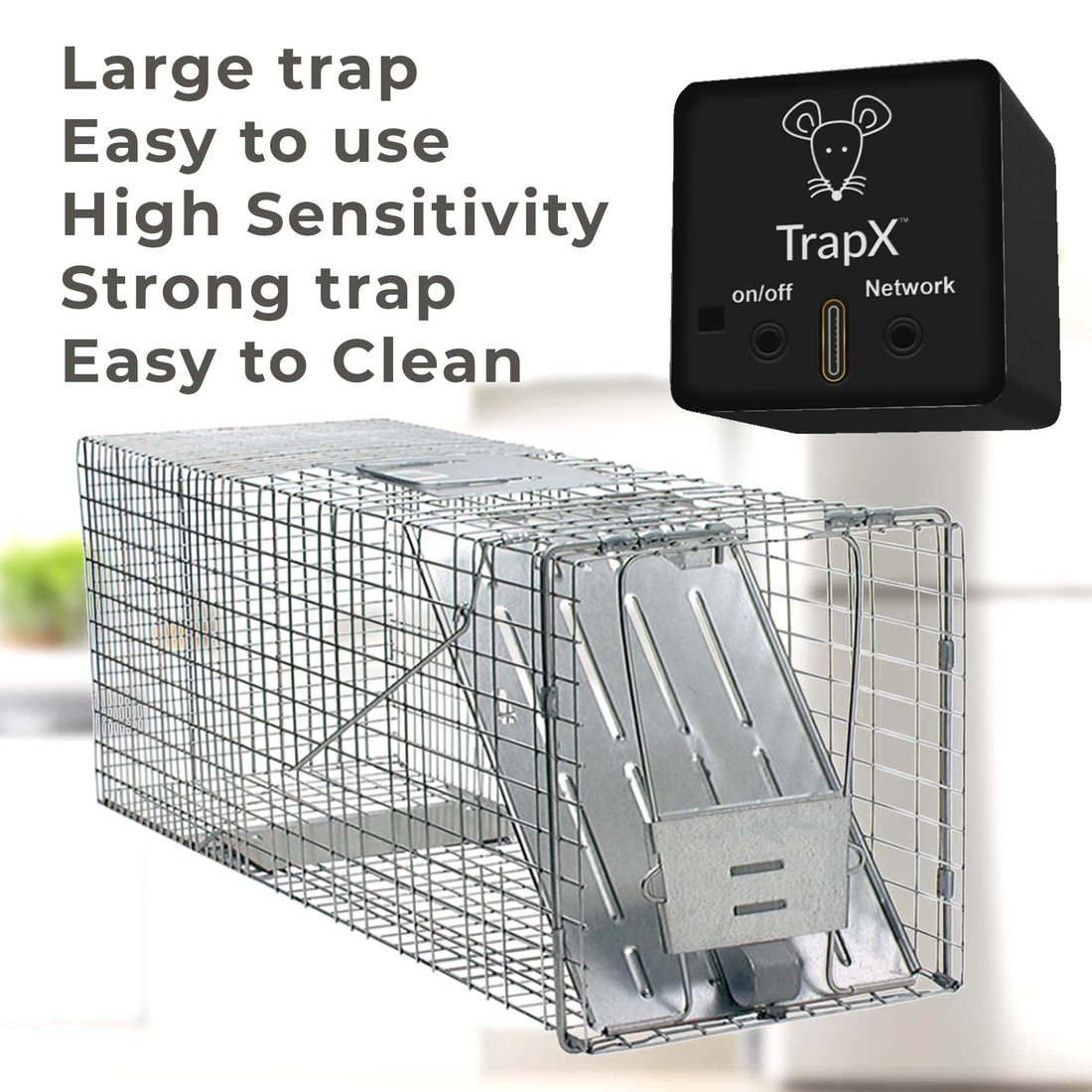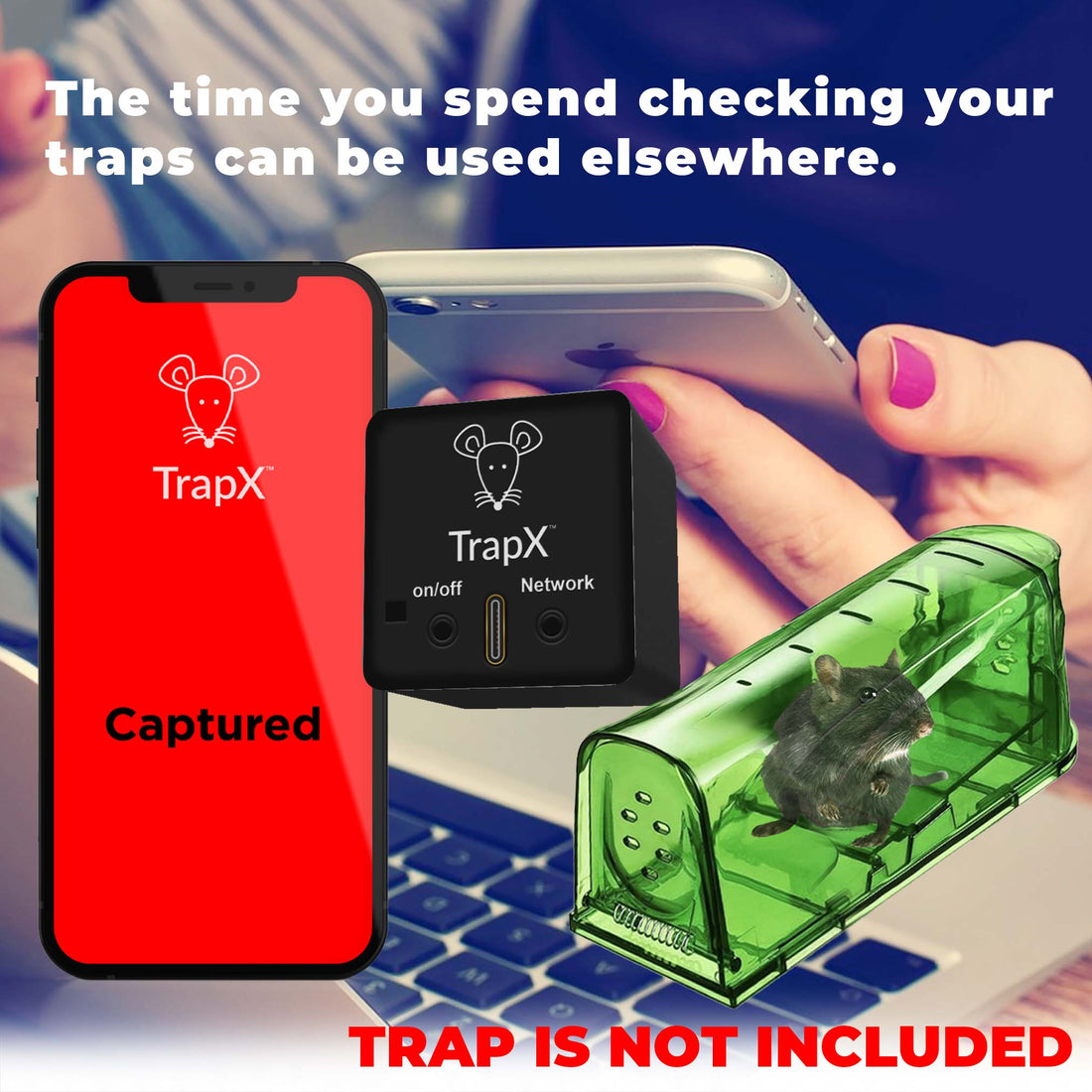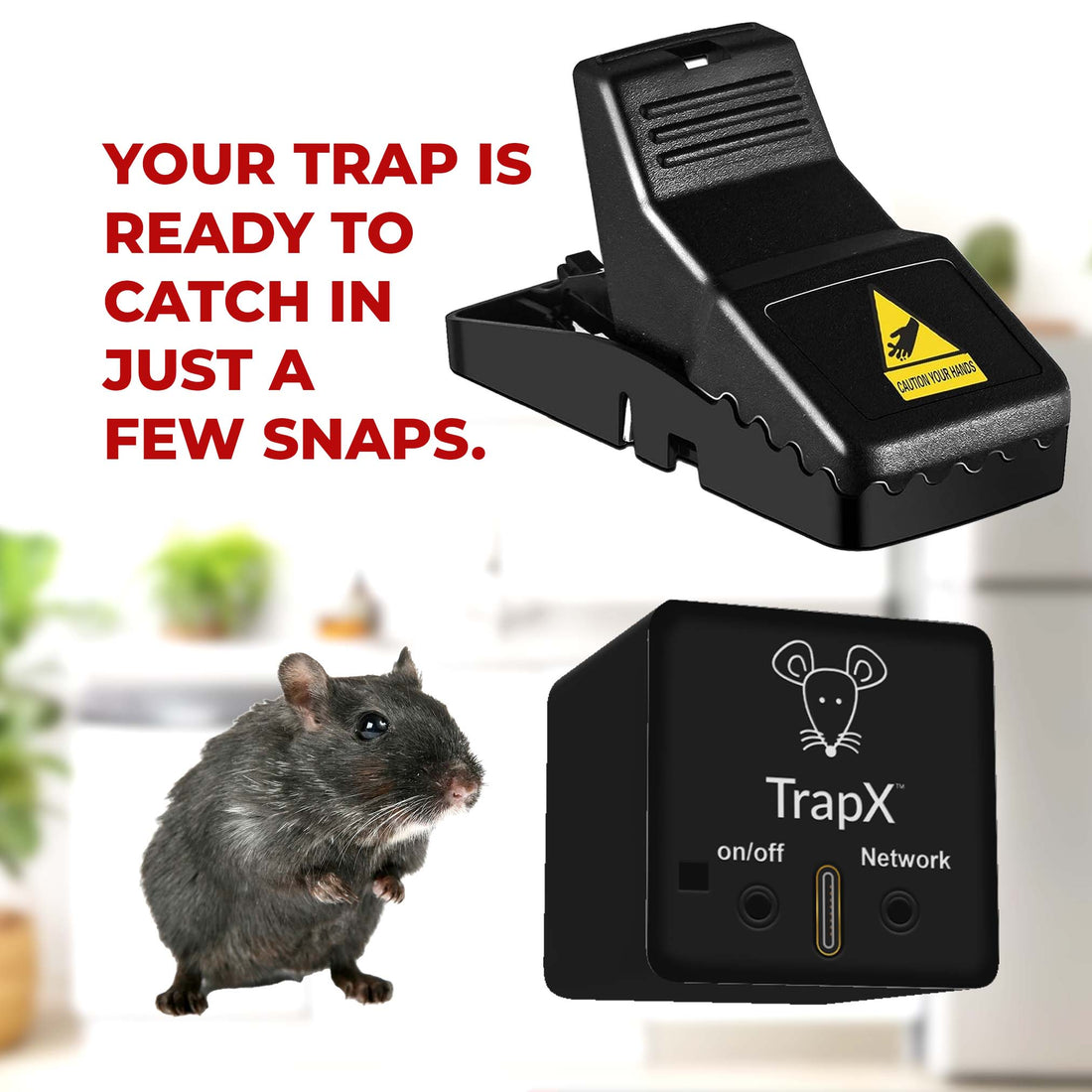The Ultimate Guide to Humane Rodent Traps: Ensuring a Compassionate Approach to Pest Control
Share
Rodents such as mice and rats can be unwelcome guests in our homes, causing damage and posing health risks. However, dealing with these pests doesn't have to involve cruel or lethal methods. Humane rodent traps offer a compassionate alternative that allows you to address the problem without causing unnecessary suffering. In this comprehensive guide, we'll explore the ins and outs of humane rodent traps, including their benefits, types, and tips for effective use.

Why Choose Humane Rodent Traps?
Choosing humane rodent traps over traditional lethal methods reflects a commitment to ethical pest control. Here are some compelling reasons to opt for humane traps:
- Ethical Considerations: Humane traps align with a compassionate approach to wildlife, ensuring that animals are treated with respect and kindness.
- Safety: Non-lethal traps reduce the risk of accidental harm to children, pets, and non-target animals.
- Environmental Impact: Humane traps are often reusable and environmentally friendly, reducing waste and minimizing ecological impact.

Types of Humane Rodent Traps
There are several types of humane rodent traps available, each designed to capture rodents without causing them harm. Let's take a closer look at some of the most popular options:
Live-Capture Traps
Live-capture traps, also known as catch-and-release traps, are designed to capture rodents alive so they can be released back into the wild. These traps typically feature a baited compartment that lures the rodent inside, triggering a mechanism that closes the door behind them. Live-capture traps come in various sizes and designs, making them suitable for different types of rodents.
Electronic Traps
Electronic traps use advanced technology to humanely capture rodents. These traps often feature sensors that detect the presence of a rodent, triggering a mechanism that safely contains the animal. Some electronic traps also include features such as remote monitoring and automatic notifications, making them a convenient option for busy households.
Bucket Traps
Bucket traps are a simple yet effective type of humane rodent trap. These traps typically involve a baited plank or ramp that leads the rodent into a bucket. Once inside, the rodent is unable to escape, allowing you to release it safely away from your home. Bucket traps can be easily constructed using common household items, making them a cost-effective option.

Tips for Using Humane Rodent Traps Effectively
To ensure the success of your humane rodent trapping efforts, consider the following tips:
- Placement: Position traps in areas where rodent activity is most noticeable, such as along walls, near food sources, and in dark corners.
- Bait: Use appealing baits such as peanut butter, cheese, or seeds to attract rodents to the trap.
- Check Traps Regularly: Monitor traps frequently to ensure that captured rodents are released promptly and to prevent any distress or harm.
- Release Location: Release captured rodents at least a mile away from your home to prevent them from returning. Choose a suitable habitat where the rodent can thrive.
- Sanitation: Maintain a clean environment by sealing food sources, disposing of garbage properly, and addressing any potential entry points to prevent future infestations.
Conclusion
Humane rodent traps offer a compassionate and effective solution for managing rodent infestations. By choosing ethical pest control methods, you can address rodent problems while minimizing harm to animals and the environment. Whether you opt for live-capture traps, electronic traps, or bucket traps, the key to success lies in proper placement, baiting, and regular monitoring. Embrace humane rodent traps and take a step towards a more compassionate approach to pest control.
May16.chat.5pass.general public.humane rodent trapAs an Amazon Associate, I earn from qualifying purchases.
